MOODBOARD IDEATION
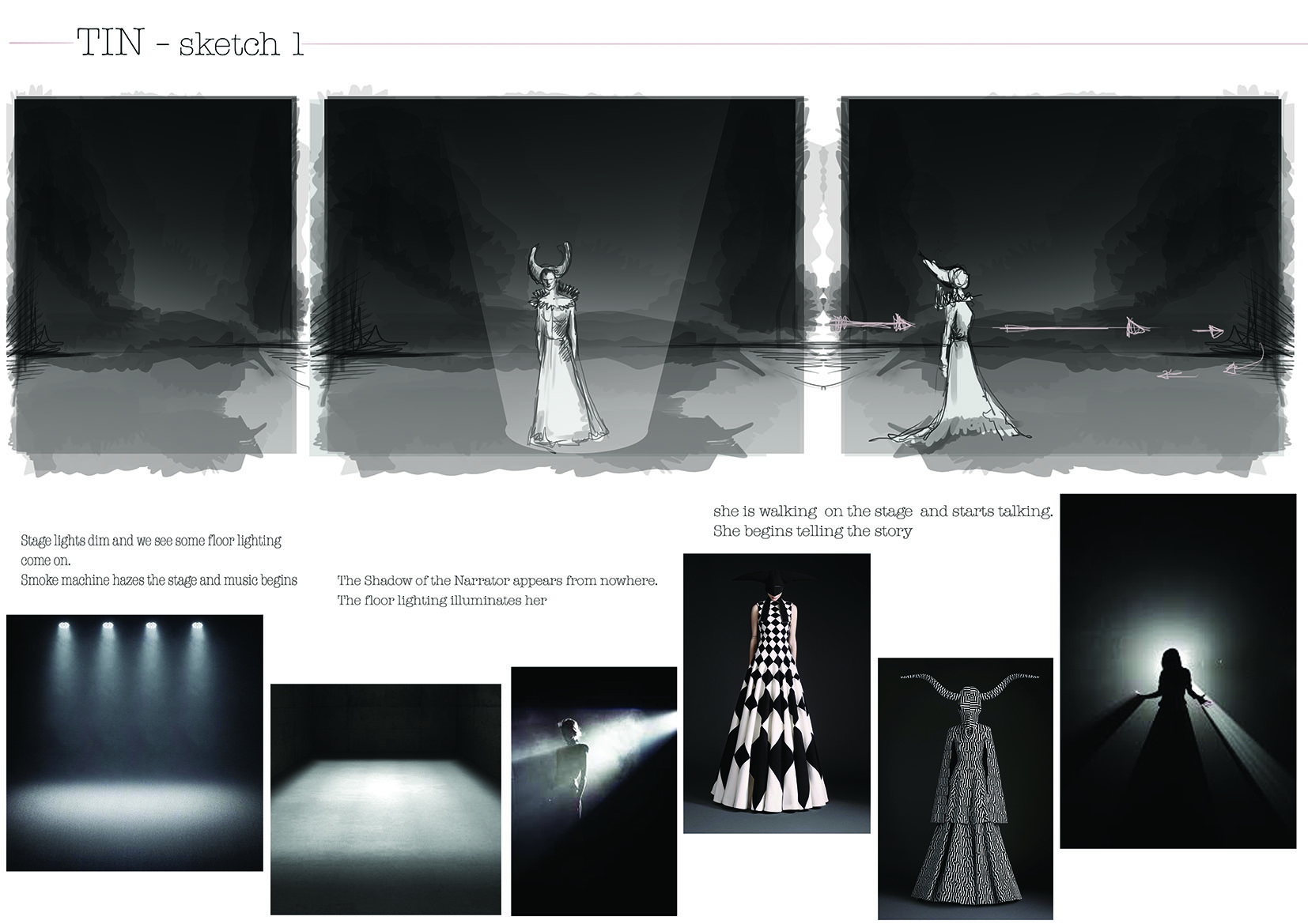
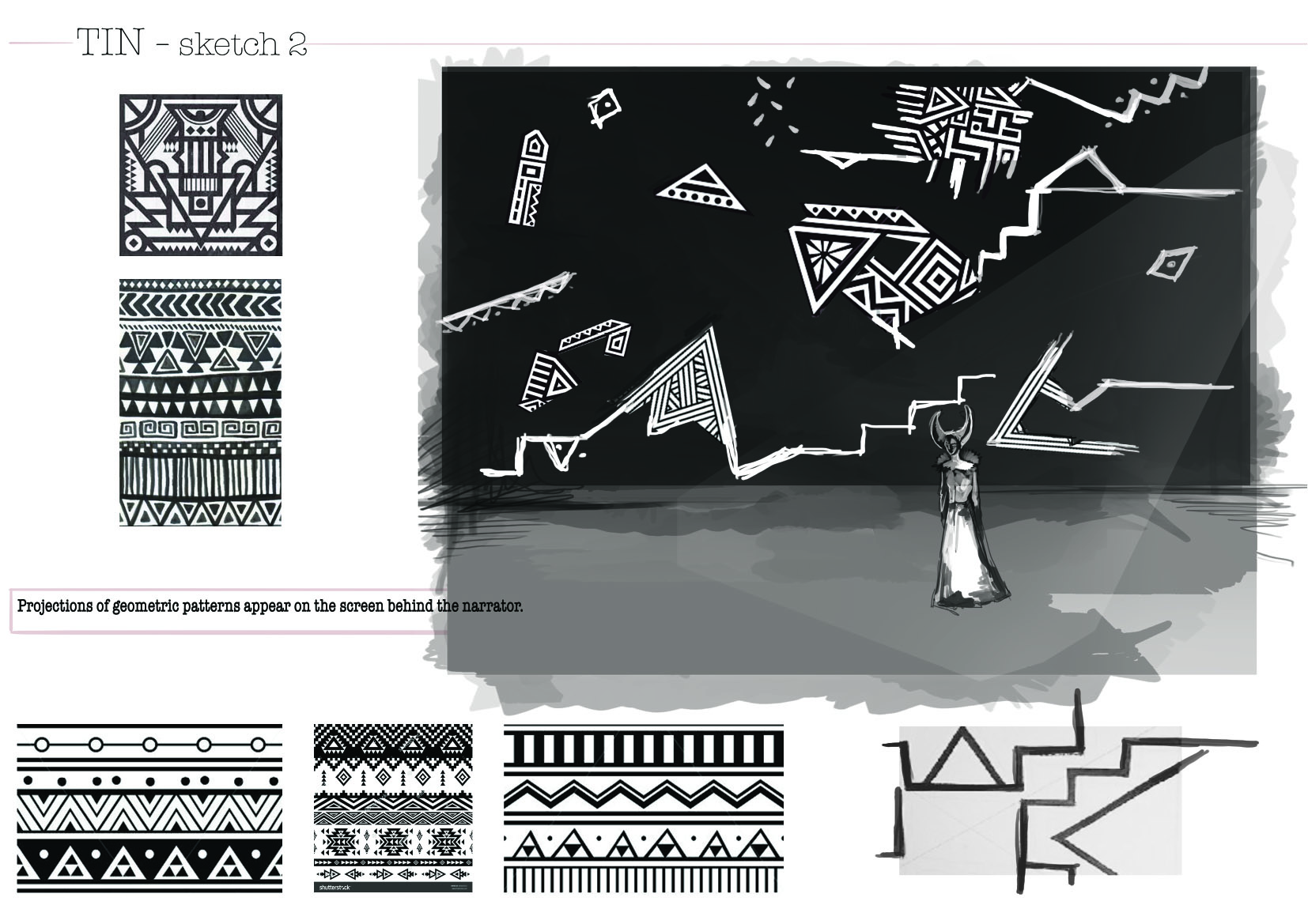
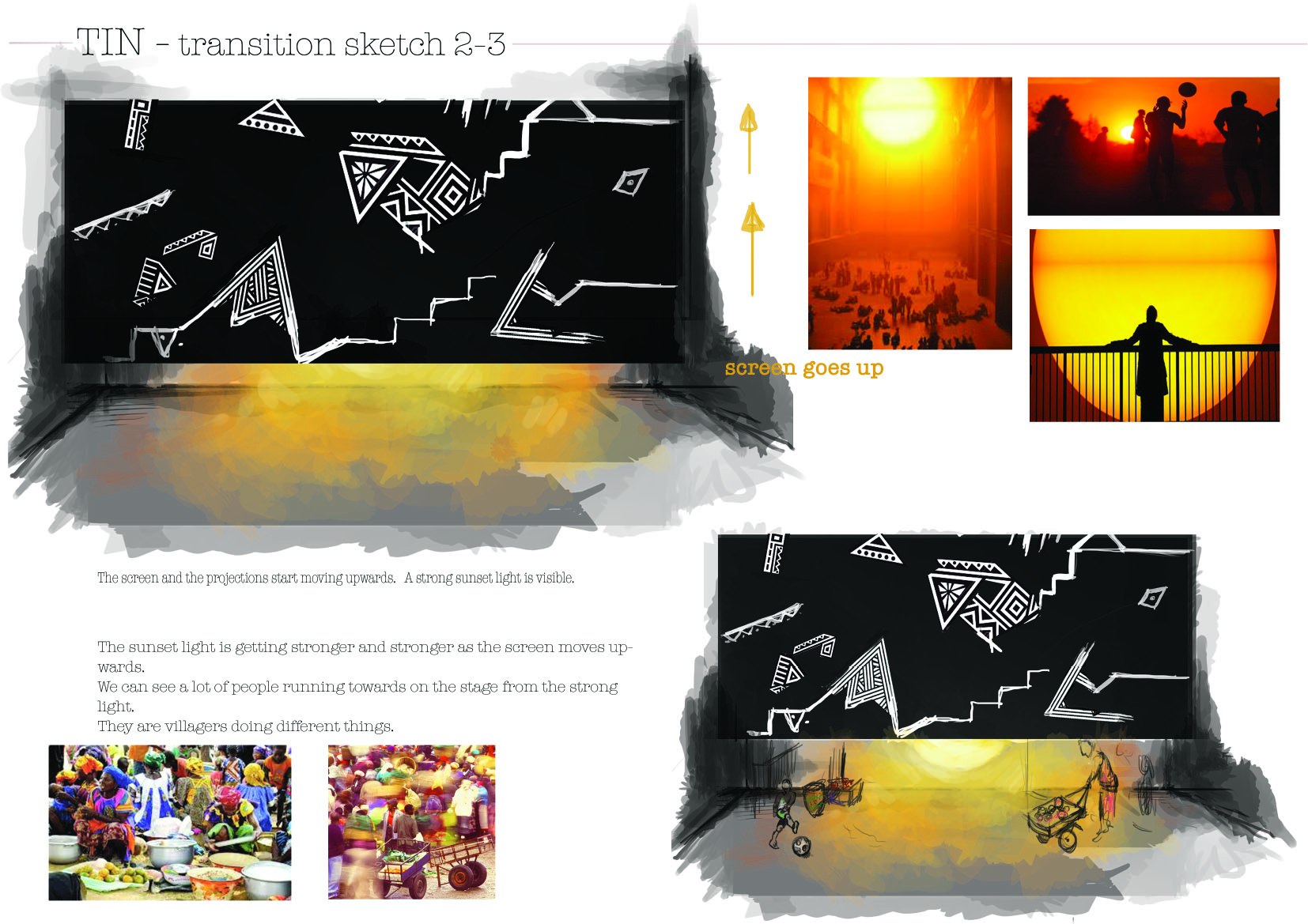
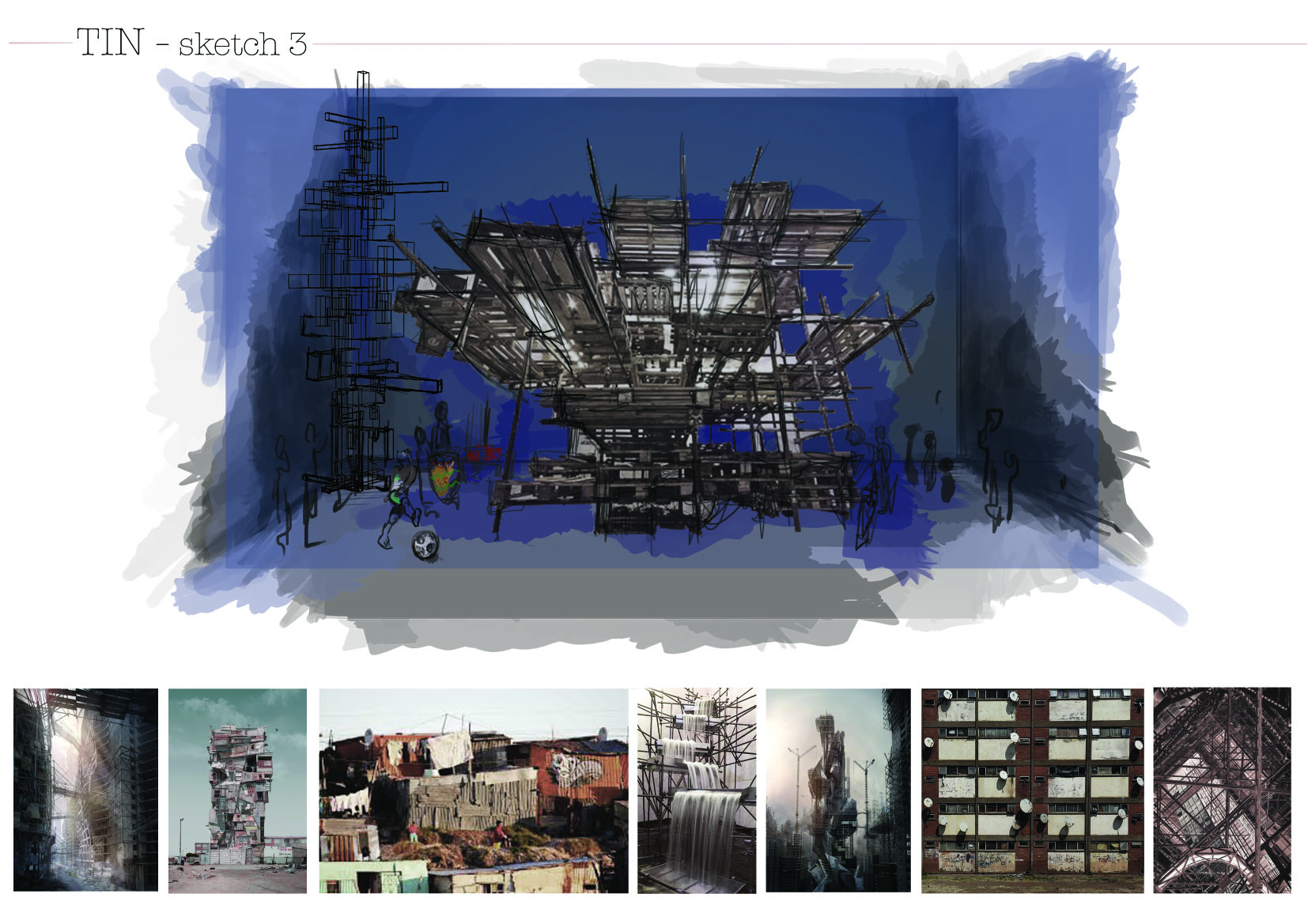
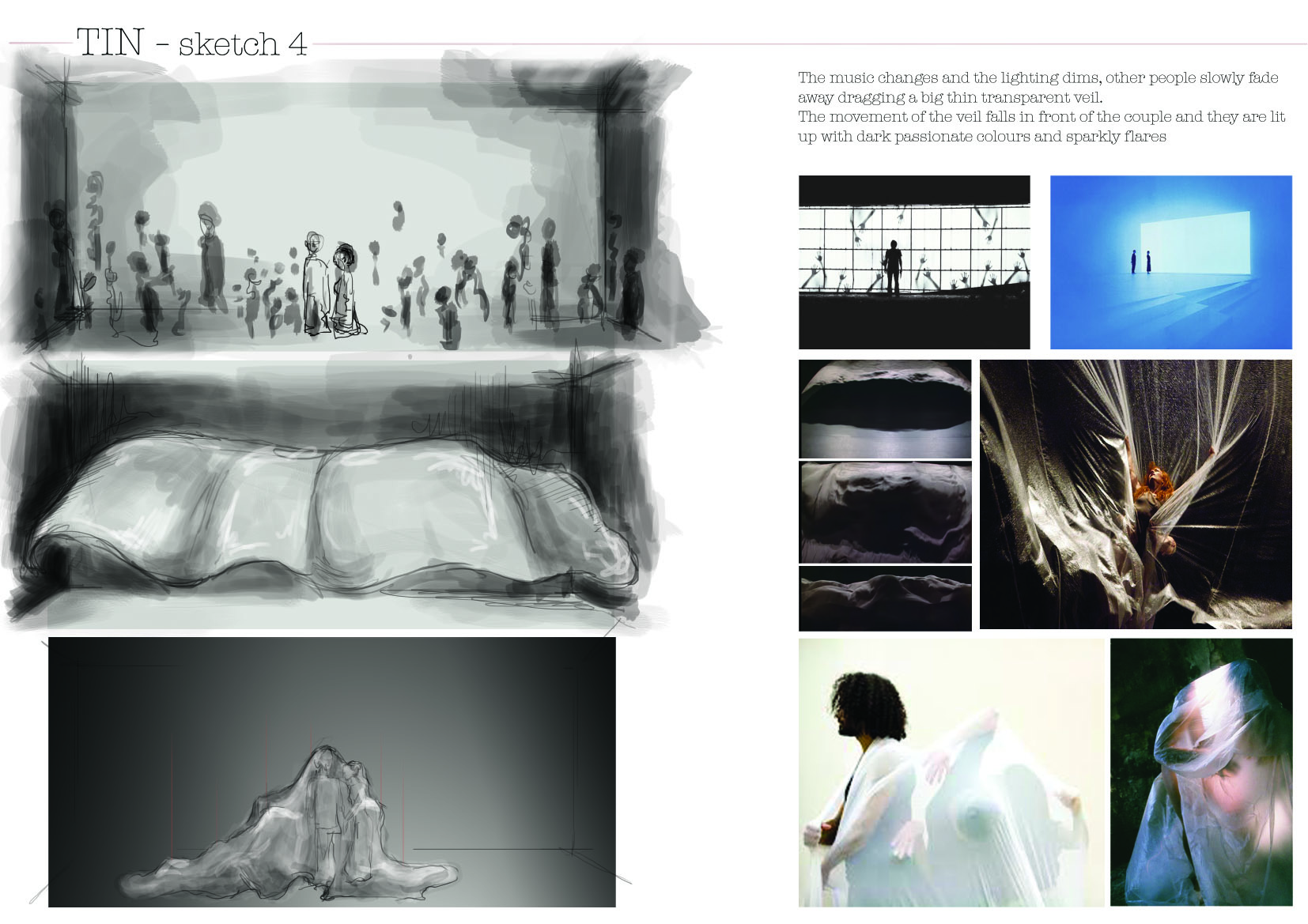
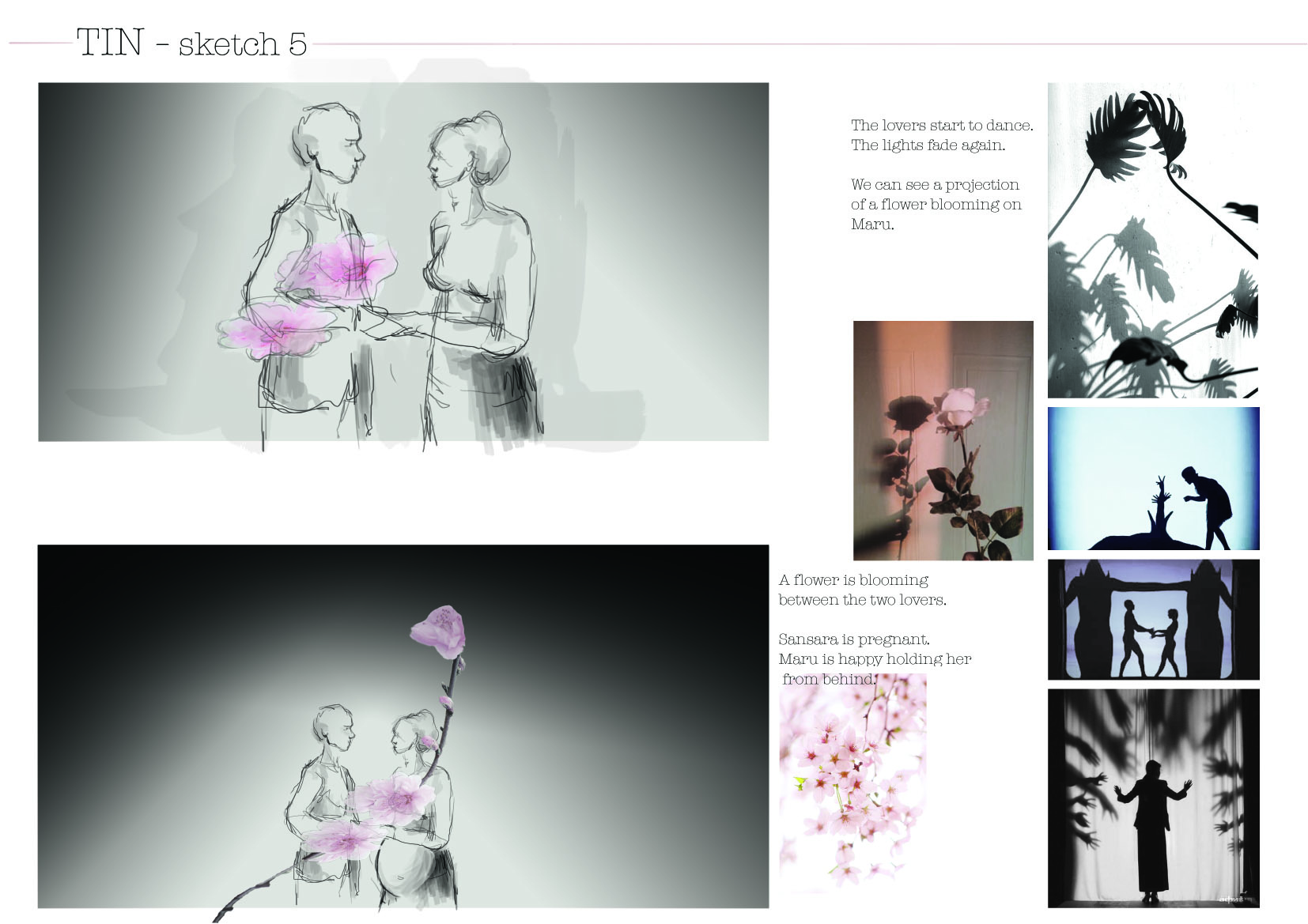
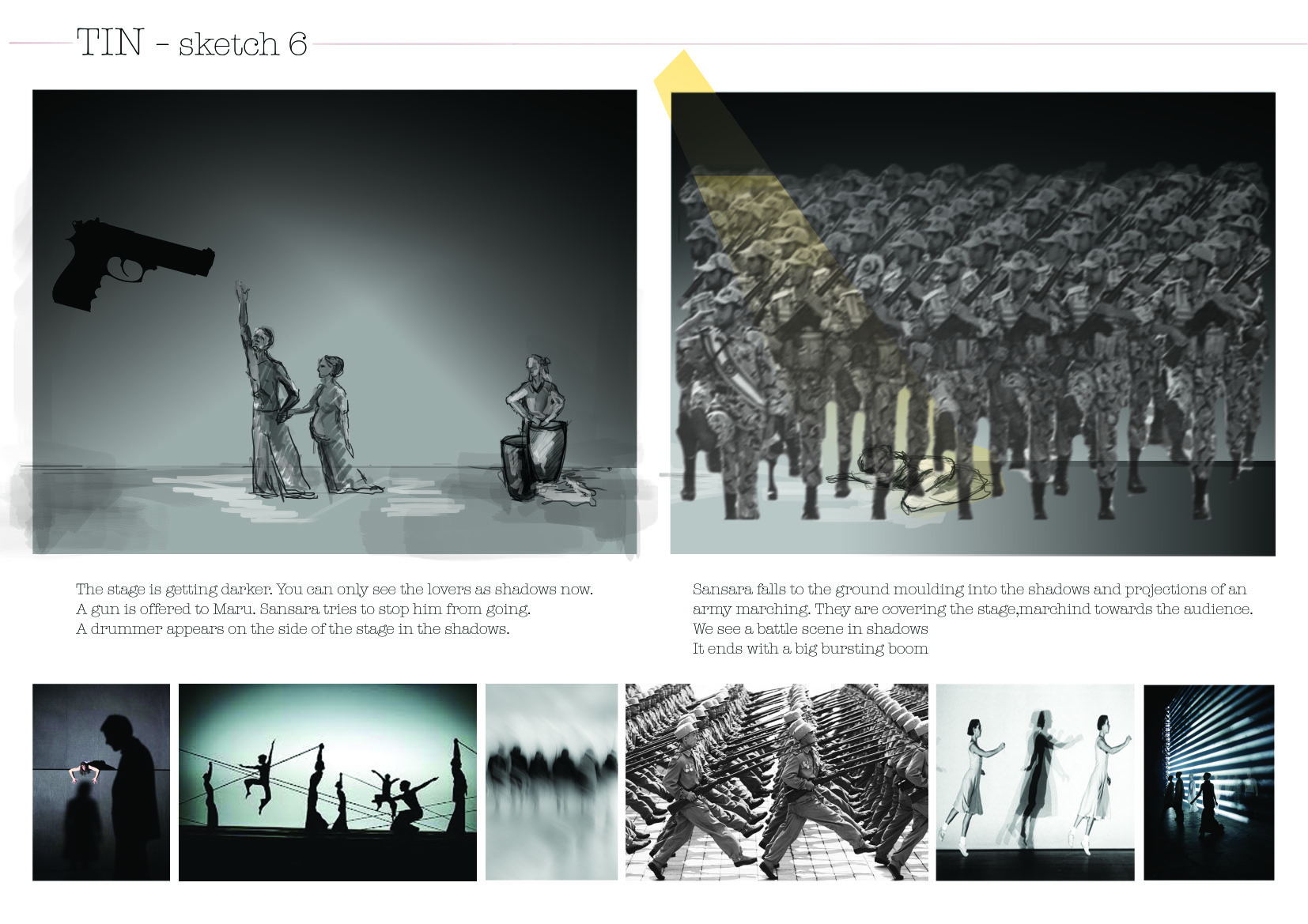
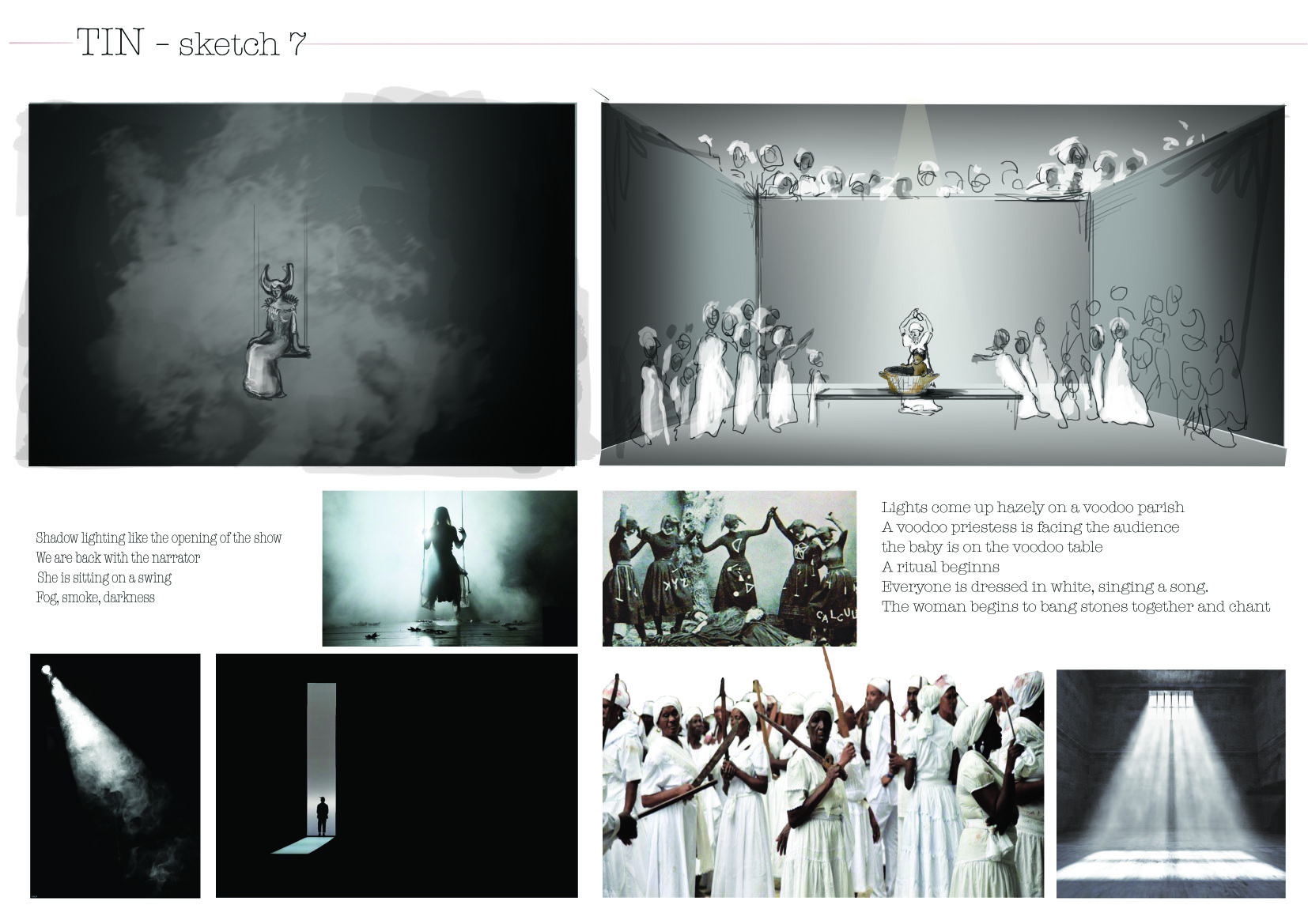
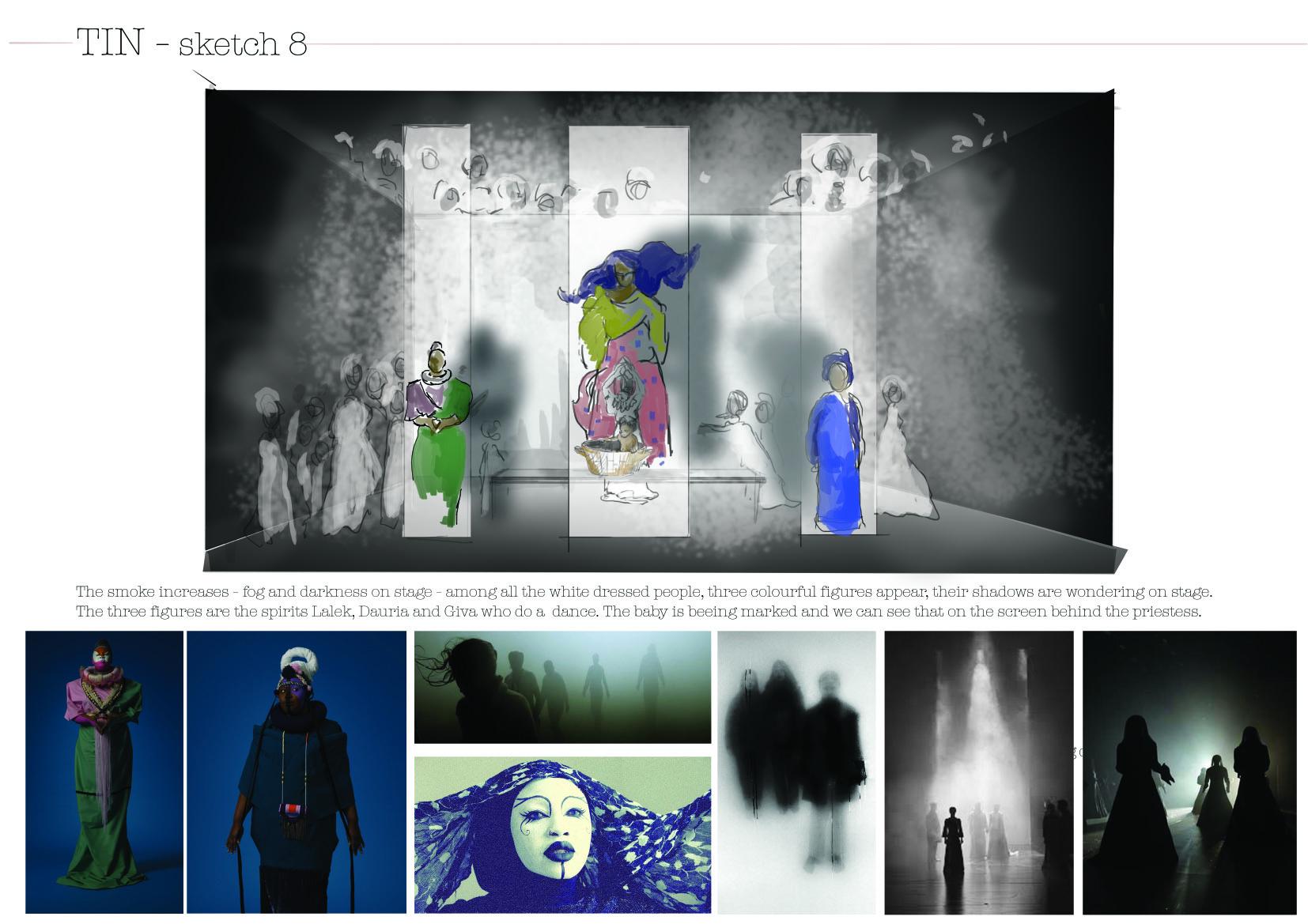
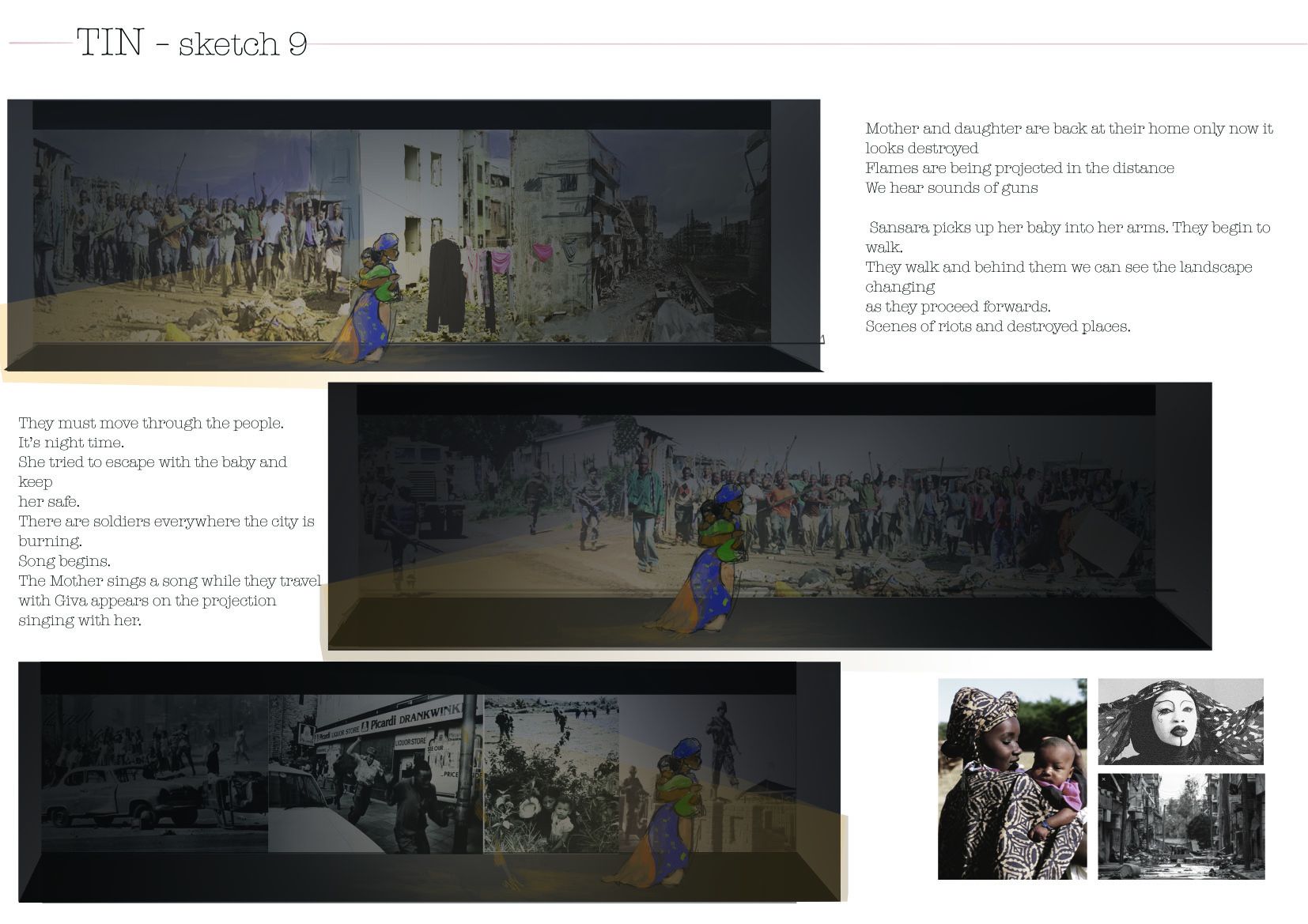
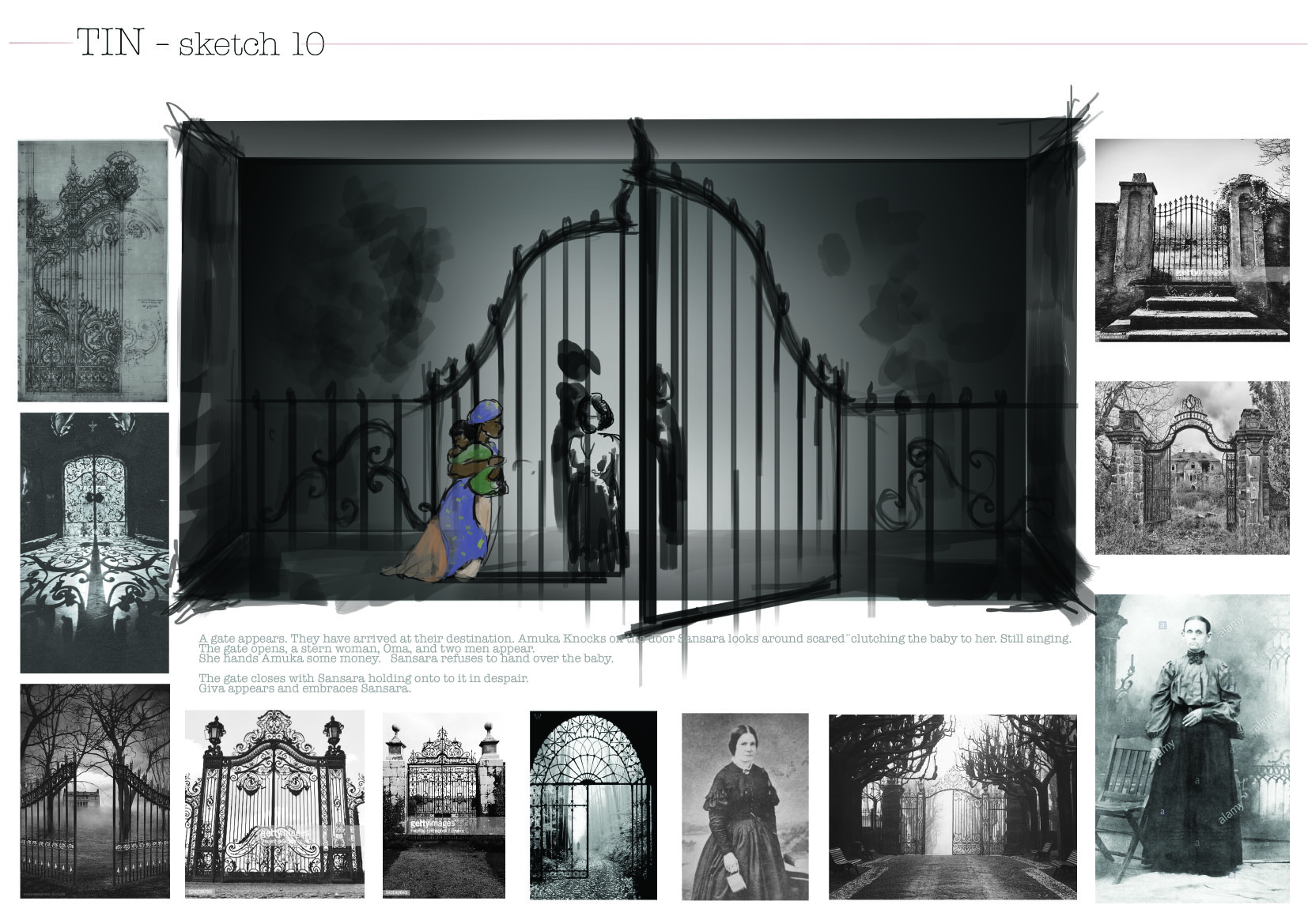














GETRUDE IS SUPPORTED BY PRS FOUNDATIONS WOMEN MAKE MUSIC
This is my tale of my “shamanic doubling.”
Living in an English squat as an Ex Foster Child, an immigrant with no status, no documentation, no right to work, no right to further education, and no family to help me, it was no surprise that at the age of nineteen I was diagnosed with manic depression and mild delusions. My imaginary friends, however, were not always friendly. Thankfully I knew they were not real but it did not make them any less scary.
I spent the next fifteen years throwing myself into my art and self-medicating, until 10 years ago, when I found recovery from alcohol & substance abuse. Feeling disillusioned with my career which had so many near misses, but still filled with an unquenchable hunger to tell my story, I decided to return to education to study and try to understand what kind of artist I wanted to be.
It was on this journey that a wonderful teacher posed a simple but profound question to me that I have dedicated my life to answering:
“Trudi, why do you hide your truth? An artist should be developed in such a way as to rise to the challenge of showcasing all aspects of the self. The self shouldn't be limited because of some worry that it will not be coherent. It is whatever it is. It has to be coherent of course, but one should never simplify the problem to make it coherent.
The question "who is Trudi" is the only question that you need to ask yourself. What is it that you're trying to convey? What do you want people to pick up your art for? What do you want people to know about you?
Who is Trudi?”
Thus began my deconstruction of myself. Answering this question is not an easy task. What I discovered was that somewhere in between all the Things I’m Not, I could slowly piece together all the components that identify who I am. So this is my story. An insight into my own personal madness, in the words of Philosopher and Rhodesian-born Jennifer Armstrong:
“Being grouped in with a collective identity, not of my making, which I hadn’t really understood myself caused me a lot of psychological grief. Even now when I stretch myself out into my full being and accept my stronger qualities, I feel like I am doing somebody some harm, by inhabiting myself fully, by being myself, as if I am taking something away from somebody. That I should not expose my true self. Remember that madness does not form in isolation, it forms within a social context. The individual madman is a construct of our imagination. There are always social factors to consider.
Shamanic madness however is far removed from the social madness displayed in the world. The difference is in the deep understanding of those who embrace different dialectics. When we understand that if we let off some steam, we will, in the end, regain our sanity. So our madness is no longer contained and our self-mockery is limited to an understanding of the workings of the dialectic.
We don’t intend to impose any of our own troubles onto the world, we simply intend to defuse them through art. It is madness. A Shamanic madness that draws us to conclude that poverty, disappointment, failure, all of these negative aspects of experience, are in fact a normative part of existence. When you understand that existence itself is a fragile proposition and every aspect of human experience then has a comic and artistic dimension.”